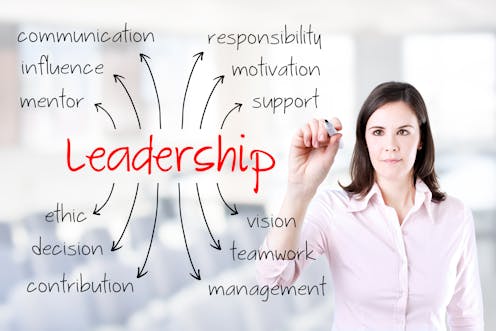As women decide Australia's new leaders, what is going on with academic leadership?
- Written by Angela Carbone, Professor and Associate Deputy Vice Chancellor Learning Teaching and Quality, RMIT University

Women’s votes may have swayed[1] the federal election result, but will a change in government move the culture towards one of empowering Australian women? In his victory speech, newly elected Prime Minister Anthony Albanese said[2]: “Together we can make full and equal opportunity for women a national economic and social priority.” Can we? Will we?
Despite the role of the women’s movement in the 2022 election, and the prime minister advocating that the time for change is now, evidence shows there is a lack of systemic mechanisms[3] to empower women to become leaders. It’s clearly a problem in the academic institutions where our future leaders are made, as made clear by a recent special issue of the Journal of University Teaching and Learning Practice, Women and leadership in higher education learning and teaching[4].
Women like Grace Tame and Brittany Higgins[5] have recently put the women’s movement on the national agenda. But for years we have talked about the actions needed to overcome gender disparities, with no measurable change across industries.
Indeed, Australia has slipped backwards in the World Economic Forum’s Global Gender Gap Index[6] from 15th in 2006 to 50th in 2021. The WEF calculates, at the current rate of progress, it will take 135.6 years to achieve gender parity worldwide.
Read more: Time to gender parity has blown out to 135 years. Here's what women can do to close the gap[7]
Academic leadership has a huge gender gap
At a time of heightened awareness of how women are treated in workplaces across Australia, we need to talk about the gender disparity in the academic leadership of universities.
Writing in The Conversation last year, Marcia Devlin noted that men held 54 of the 74 top jobs[8] (chancellors and vice chancellors) in Australian public universities. Women also continue to be under-represented in senior academic positions[9]. They hold barely a third[10] of positions above the level of senior lecturer.


















